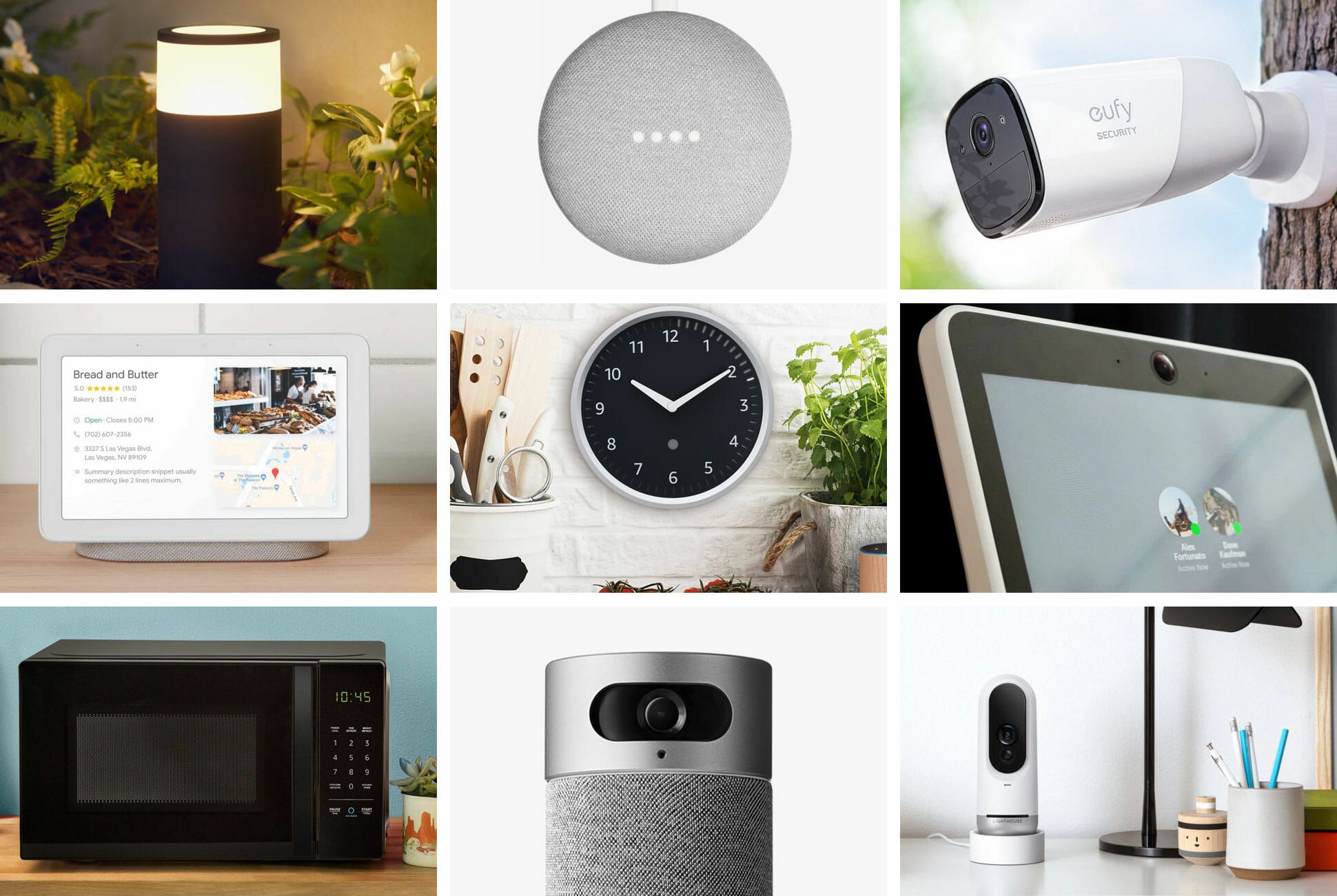Retail Sales Analysis Insights into US Consumption
US Unemployment Rate Trends: Analyzing the Data
Introduction
In the intricate tapestry of economic indicators, few are as closely watched and widely debated as the unemployment rate. It’s not just a number; it’s a reflection of the health and vibrancy of an economy. In the United States, the unemployment rate serves as a barometer of economic performance, influencing policy decisions, market sentiment, and even political discourse.
The Historical Context
To truly grasp the significance of the current unemployment rate, we must first delve into its historical context. Over the decades, the US has experienced periods of both prosperity and recession, each leaving its mark on the labor market. From the Great Depression to the dot-com bubble burst, the unemployment rate has been a mirror reflecting the highs and lows of economic cycles.
Recent Trends
In recent years, the US has witnessed a rollercoaster ride in its unemployment rate. The aftermath of the 2008 financial crisis saw unemployment soar to double-digit figures, sparking fears of a prolonged recession. However, concerted efforts from policymakers and the resilience of the American workforce led to a gradual decline in unemployment rates post-2008.
The Pandemic Impact
Then came the unprecedented shock of the COVID-19 pandemic. Seemingly overnight, millions found themselves out of work as businesses shuttered their doors and economic activity ground to a halt. The unemployment rate skyrocketed to levels not seen since the Great Depression, underscoring the severity of the crisis.
Government Response
In response to the pandemic-induced economic fallout, the US government swiftly rolled out a series of relief measures. From stimulus checks to enhanced unemployment benefits, these interventions aimed to cushion the blow for affected individuals and businesses alike. Yet, despite these efforts, the road to recovery remains fraught with challenges.
Sectoral Disparities
One striking feature of the pandemic’s impact on the labor market is the pronounced disparities across sectors. While some industries, such as technology and e-commerce, thrived amidst the crisis, others, like hospitality and tourism, bore the brunt of the downturn. This divergence in sectoral performance has profound implications for workforce dynamics and the broader economy.
The Role of Monetary Policy
Amidst the tumultuous economic landscape, the Federal Reserve has played a pivotal role in steering monetary policy. Through interest rate adjustments, asset purchases, and forward guidance, the Fed has sought to support economic recovery while guarding against inflationary pressures. Balancing these dual objectives amidst uncertainty is no easy feat.
Structural Challenges
Beyond cyclical fluctuations, the US labor market grapples with deep-seated structural challenges. Issues such as skills mismatches, labor market polarization, and demographic shifts pose long-term hurdles to sustainable employment growth. Addressing these structural impediments requires a multifaceted approach encompassing education, training, and labor market reforms.
Looking Ahead
As the dust begins to settle on the pandemic era, attention turns to the path forward. While signs of recovery are evident, the road ahead remains uncertain. Vaccine rollouts, fiscal stimulus, and global economic dynamics will all shape the trajectory of the labor market in the coming months and years.










